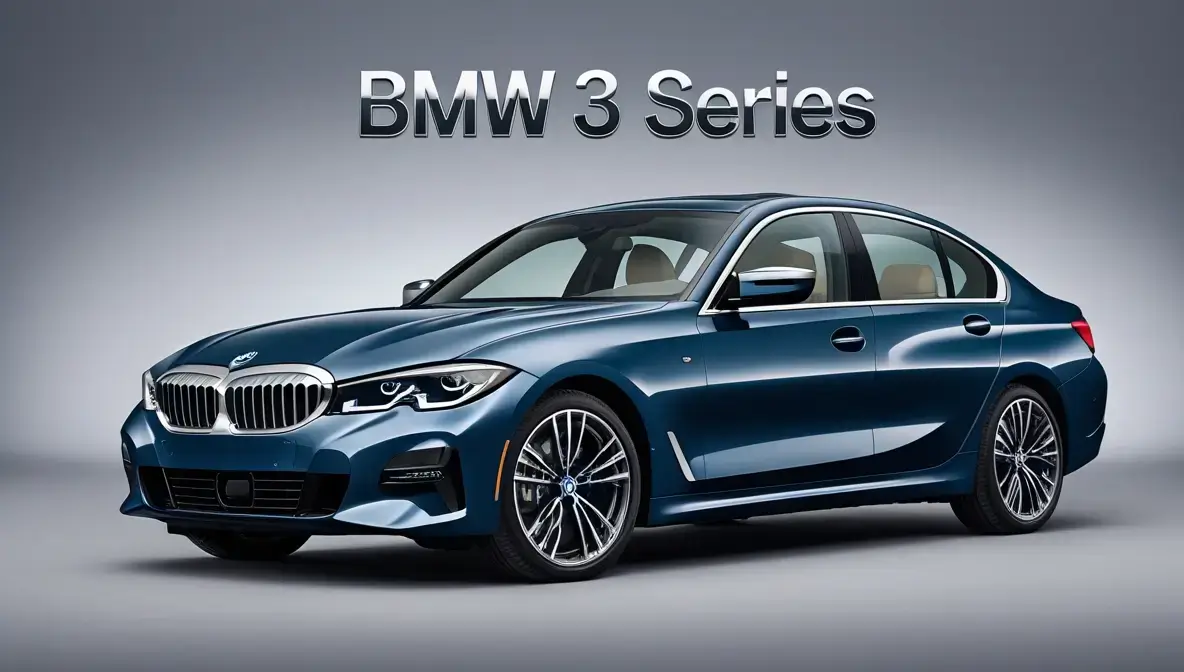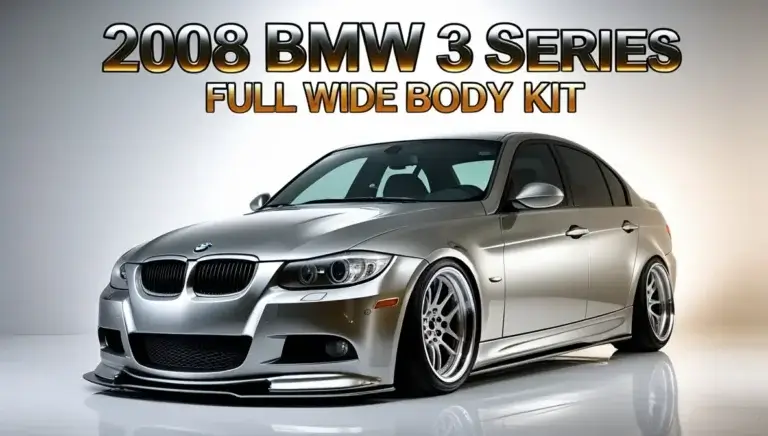Introduction
The BMW 3 Series has long been considered the benchmark for luxury sports sedans. Since its debut in 1975, it has evolved into one of the most well-rounded and dynamic cars on the market. Whether you’re looking for a thrilling driving experience, luxurious comfort, or cutting-edge technology, the 3 Series delivers on all fronts.
In this article, we’ll dive deep into the evolution, design, performance, technology, safety, and overall value of the BMW 3 Series to understand why it remains a top contender in its segment.
Evolution of the BMW 3 Series: A Legacy of Performance and Innovation
The BMW 3 Series is one of the most celebrated luxury sports sedans in the world. Since its introduction in 1975, it has evolved across seven generations, each improving on its predecessor in terms of design, technology, performance, and driving dynamics. Let’s take a deep dive into the history and evolution of the BMW 3 Series, exploring how it became the benchmark in its class.
First-Generation (E21) – 1975-1983: The Birth of a Legend
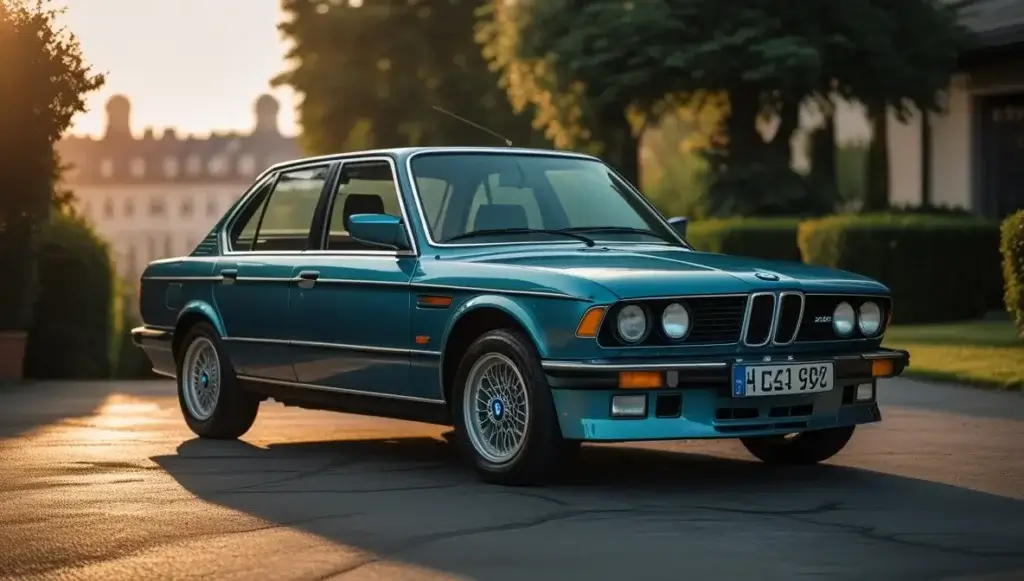
The first-generation BMW 3 Series, known as the E21, was launched in 1975 as a replacement for the BMW 02 Series. It laid the foundation for what would become one of BMW’s most successful models.
Key Features:
✅ Design & Styling: The E21 introduced the driver-focused cockpit, a signature BMW feature that continues to this day. It also debuted the iconic kidney grille, which has evolved in size but remains a hallmark of the brand.
✅ Performance & Handling: The E21 came with inline-4 and inline-6 engines, offering a balance of power and efficiency. The top-of-the-line 323i model delivered an impressive 141 horsepower, which was remarkable for its time.
✅ Impact & Legacy: The E21 established BMW’s reputation for making “The Ultimate Driving Machine” and set the stage for the future success of the 3 Series lineup.
Second-Generation (E30) – 1982-1994: The Icon is Born
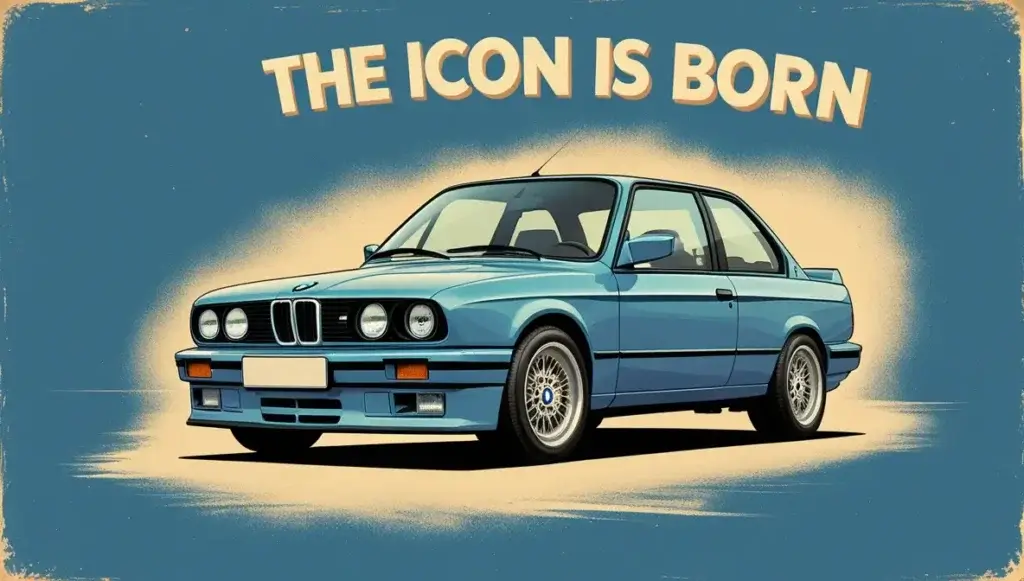
The E30 generation is widely considered one of the most iconic and beloved versions of the 3 Series, known for its timeless design, lightweight chassis, and excellent handling.
Key Features:
✅ Introduction of the M3: This generation introduced the legendary BMW M3, designed for motorsport homologation. The E30 M3, with its high-revving 2.3L four-cylinder engine, became one of the most successful touring cars ever.
✅ Improved Engineering: The E30 featured refined styling, an improved suspension system, and better aerodynamics, making it a joy to drive.
✅ Versatility: The E30 was the first 3 Series to be offered in sedan, coupe, convertible, and station wagon (Touring) body styles, catering to a wide range of buyers.
✅ Cult Following: Today, the E30 M3 is a collector’s item, often fetching high resale values, and remains a favorite among BMW enthusiasts and tuners.
Third-Generation (E36) – 1990-2000: The Modern Revolution
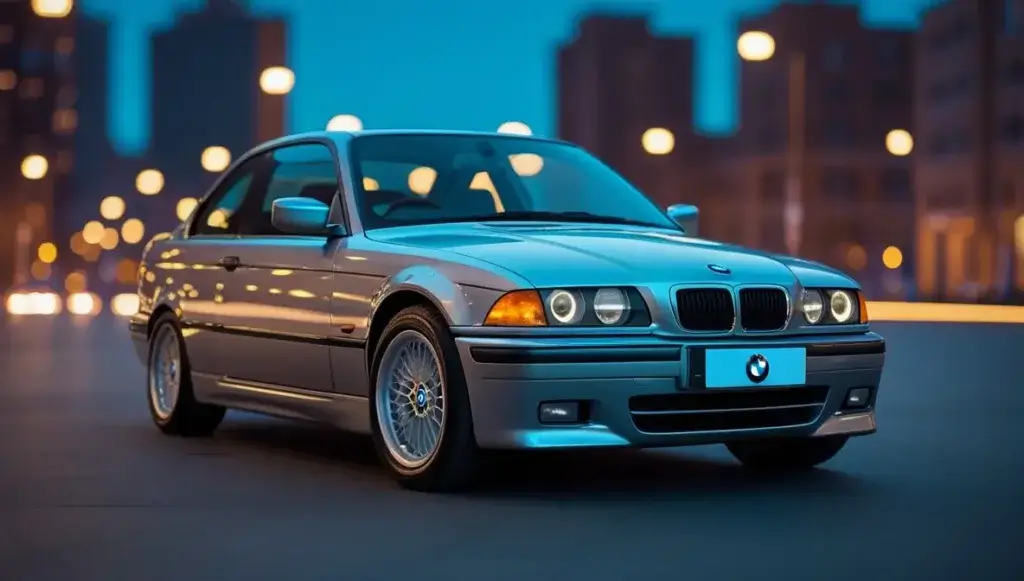
The E36 generation marked a major step forward in technology, aerodynamics, and performance, bringing the 3 Series into the modern era.
Key Features:
✅ Aerodynamic Design: The E36 featured a sleeker, more aerodynamic shape, improving both performance and fuel efficiency.
✅ Introduction of VANOS: BMW introduced its VANOS variable valve timing system, which significantly improved engine efficiency and power delivery.
✅ More Powerful M3: The E36 M3 came with a 3.0L inline-6 engine, producing 282 hp in European models and 240 hp in North America. In later models, the engine was upgraded to 3.2L, delivering even more power.
✅ Enhanced Technology: The E36 introduced safety features like dual airbags, ABS brakes, and traction control, making it one of the safest sports sedans of its time.
✅ Performance Legacy: The E36 M3 remains a popular choice for track enthusiasts, thanks to its balance, handling, and tuning potential.
Fourth-Generation (E46) – 1998-2006: The Perfect Balance
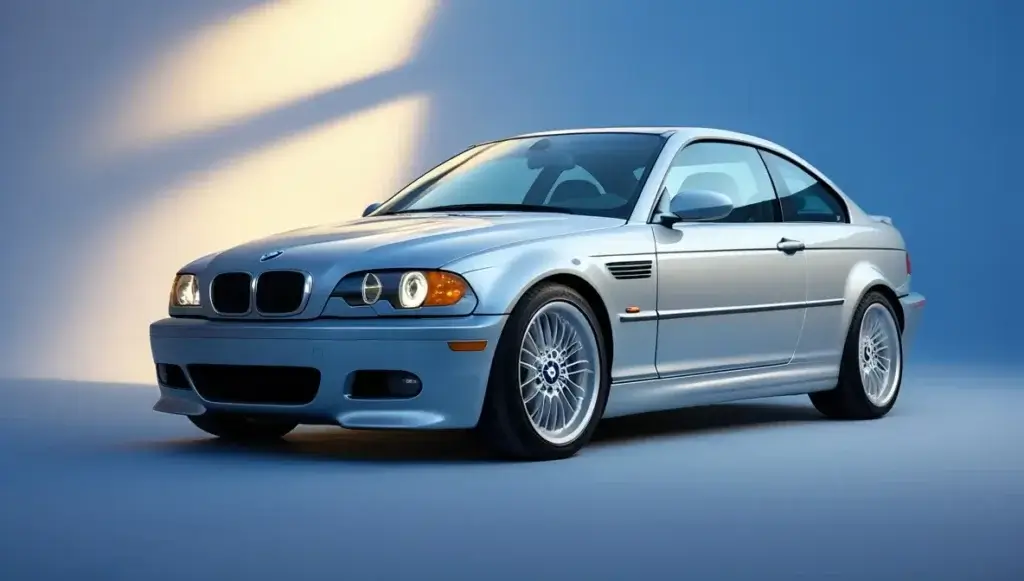
The E46 3 Series is regarded as one of the best-balanced BMWs ever made, combining refined styling, improved safety, and an engaging driving experience.
Key Features:
✅ Improved Safety & Technology: The E46 introduced advanced airbags, stability control, and an updated iDrive system, making it safer and more user-friendly.
✅ Performance & Ride Quality: The chassis was stiffer, improving both handling and ride comfort.
✅ Legendary E46 M3:
- Powered by the S54 3.2L inline-6 engine, producing 333 hp.
- Featured the legendary 6-speed manual transmission and SMG gearbox option.
- Known for its razor-sharp handling and intoxicating exhaust note.
✅ Enduring Popularity: The E46 is still a favorite among enthusiasts, often considered the last “pure” BMW before the era of turbocharging and digital interfaces.
Fifth-Generation (E90/E91/E92/E93) – 2005-2013: Turbocharged Innovation
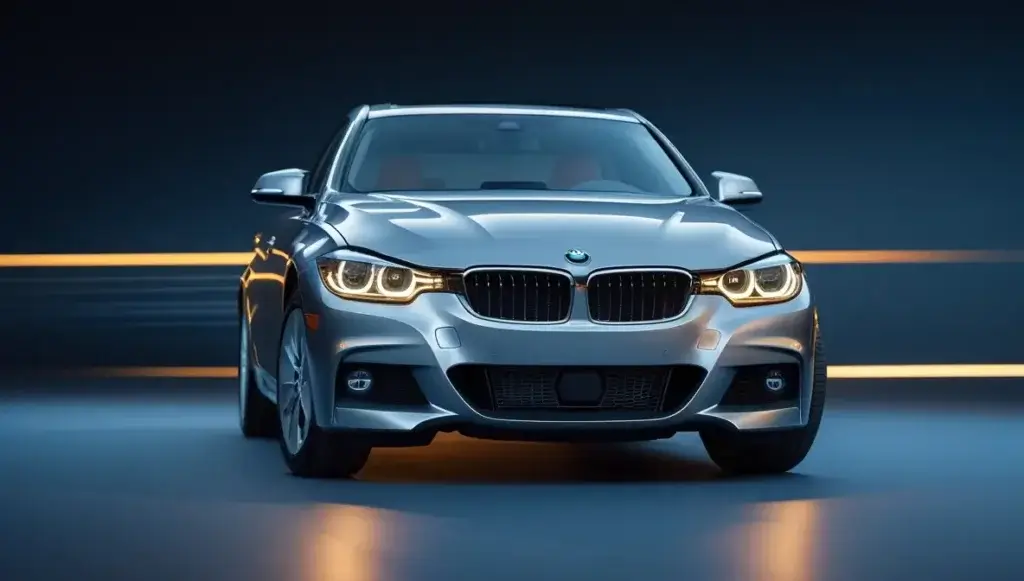
The E90 series introduced major technological advancements, including turbocharged engines, improving both performance and fuel efficiency.
Key Features:
✅ First Turbocharged 3 Series: BMW replaced its naturally aspirated inline-6 engines with turbocharged units, offering better power and lower emissions.
✅ M3 Gets a V8:
- The E92 M3 became the only M3 with a 4.0L V8 engine, producing 414 hp.
- Known for its high-revving nature and aggressive exhaust note, it remains a fan favorite.
✅ Introduction of Run-Flat Tires: BMW phased out spare tires in favor of run-flat technology, increasing trunk space.
✅ Luxurious & Tech-Savvy: The E90 series featured upgraded interiors, a more refined iDrive system, and high-end materials, making it more luxurious than ever before.
Sixth-Generation (F30/F31/F34) – 2011-2019: The Era of Electrification
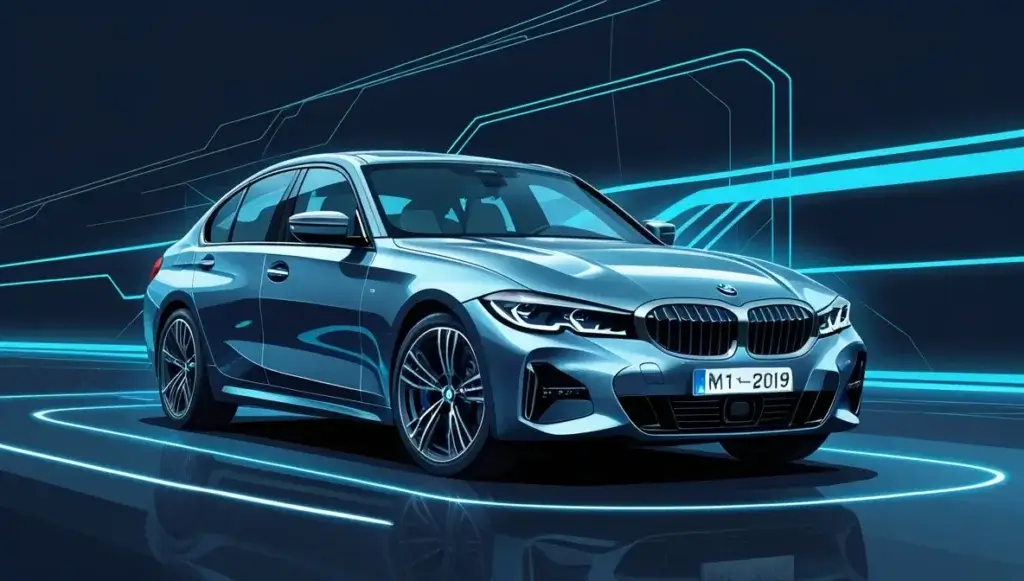
The F30 generation brought significant changes, including the switch from hydraulic to electric power steering, further improving fuel efficiency.
Key Features:
✅ Turbocharged Engines Standard: BMW fully embraced turbocharging, with every model featuring a turbo engine.
✅ Introduction of the 330e Hybrid: BMW introduced its first plug-in hybrid 3 Series, providing an eco-friendly option for city drivers.
✅ Larger and More Comfortable: The F30 series grew in size, offering more legroom and cargo space.
✅ Luxury Meets Technology:
- First 3 Series to offer a full-color heads-up display.
- Updated iDrive system with a more intuitive interface.
✅ M3 Goes Turbo:
- The F80 M3 introduced a twin-turbocharged inline-6, replacing the V8.
- Produced 425 hp with explosive acceleration and track-ready performance.
Seventh-Generation (G20/G21) – 2018-Present: The Cutting Edge

The latest G20 3 Series brings state-of-the-art technology, a bolder design, and even more powerful performance options.
Key Features:
✅ Advanced Digital Cockpit: The G20 generation features a fully digital instrument cluster and massive touchscreen infotainment system.
✅ M340i – A Game Changer:
- The M340i xDrive comes with a turbocharged 3.0L B58 inline-6, producing 382 hp.
- Delivers M3-like performance while maintaining everyday comfort.
✅ Plug-in Hybrid & Electrification: The 330e hybrid now offers up to 25 miles of electric-only driving, making it one of the most fuel-efficient 3 Series ever.
✅ Sharper Styling & Aerodynamics:
- A more aggressive front grille and sculpted body enhance aerodynamics.
- Features laser headlights for improved visibility.
✅ The Future of the 3 Series: BMW is rumored to introduce a fully electric 3 Series in the near future, marking a new chapter in its evolution.
Design and Exterior Features
The BMW 3 Series has always been known for its elegant yet aggressive styling.
- The iconic kidney grille has grown in size but remains a defining feature.
- Aerodynamic enhancements, such as active air flaps, improve efficiency and stability.
- Advanced LED and Laser headlights enhance visibility and add a modern touch.
The G20-generation 3 Series looks sharper and sportier than ever, appealing to both younger and older audiences.
Interior and Comfort
Step inside a BMW 3 Series, and you’ll immediately notice premium materials, advanced technology, and a driver-focused layout.
- High-quality leather upholstery, aluminum, and wood trims create a luxury feel.
- The latest iDrive system with a 12.3-inch digital display provides seamless infotainment.
- Heated and ventilated seats, ambient lighting, and a panoramic sunroof enhance comfort.
The G20 model’s interior rivals those of more expensive luxury sedans, making it a fantastic blend of sportiness and sophistication.
Performance and Engine Options
The BMW 3 Series offers a range of powertrains, from efficient four-cylinder engines to high-performance inline-six models.
- 320i/330i: Turbocharged 2.0L four-cylinder, delivering a balance of power and efficiency.
- M340i: Turbocharged 3.0L inline-six, producing 382 horsepower for serious performance.
- 330e: Plug-in hybrid combining a 2.0L engine with an electric motor, offering eco-friendly driving.
- M3 Competition: 3.0L twin-turbo inline-six making over 500 horsepower, built for pure driving enthusiasts.
The handling and steering of the 3 Series remain class-leading, making it one of the most engaging sedans to drive.
BMW 3 Series Variants and Trims
The BMW 3 Series comes in multiple variants to cater to different types of drivers. Whether you’re looking for a daily luxury sedan or a high-performance sports car, there’s a model for you.
Standard Models
- 320i – Entry-level model with a 2.0L turbocharged engine, producing around 181 hp.
- 330i – More powerful version of the 2.0L engine, generating 255 hp and better acceleration.
- 330e – Plug-in hybrid (PHEV) variant that combines electric power with a gasoline engine for improved fuel efficiency.
M Performance Models
- M340i – Features a 3.0L turbocharged inline-6, delivering 382 hp, making it nearly as fast as an M3.
- M340d – Diesel-powered performance model available in select markets, offering 335 hp and impressive fuel economy.
Full M Model – BMW M3
- The BMW M3 is the most aggressive version, with a twin-turbo 3.0L inline-6, producing up to 503 hp in the Competition model.
- Comes with rear-wheel drive or all-wheel drive (xDrive) for improved handling.
- The M3 is a track-capable sports sedan while still maintaining the practicality of a daily driver.
Technology and Infotainment
BMW has always been at the forefront of automotive technology, and the 3 Series is packed with cutting-edge features.
iDrive Infotainment System
- The latest iDrive 8 system provides an intuitive interface for controlling navigation, media, and vehicle settings.
- Available with a 12.3-inch digital instrument cluster and a 14.9-inch touchscreen in newer models.
- Gesture control lets you adjust volume and answer calls with simple hand motions.
Connectivity Features
- Apple CarPlay and Android Auto come standard, offering seamless smartphone integration.
- Wireless charging and multiple USB-C ports keep your devices powered on the go.
- BMW ConnectedDrive provides real-time traffic updates and remote vehicle access through a smartphone app.
Driver Assistance Features
- Adaptive cruise control maintains a safe following distance on the highway.
- Lane departure warning and lane-keeping assist help prevent unintentional drifting.
- Parking Assist makes parallel and reverse parking effortless.
Safety and Driver Assistance Features
BMW has equipped the 3 Series with advanced safety technologies to protect drivers and passengers.
Active Safety Features
- Automatic emergency braking (AEB) detects potential collisions and applies brakes if necessary.
- Blind-spot monitoring and rear cross-traffic alert help avoid accidents when changing lanes or reversing.
- Forward collision warning notifies the driver of potential obstacles ahead.
Crash Test Ratings and Reliability
- The 3 Series consistently receives high safety ratings from organizations like the IIHS and Euro NCAP.
- BMW’s engineering ensures that the chassis is rigid and impact-resistant, protecting occupants in the event of a crash.
- Reliability has improved in recent generations, but maintenance costs can be higher than mainstream brands.
Fuel Efficiency and Sustainability
The BMW 3 Series is designed to be fuel-efficient, especially in its newer turbocharged and hybrid models.
Fuel Economy of Different Models
- 320i/330i: Around 26-36 mpg (combined city/highway).
- M340i: Delivers 22-31 mpg, thanks to its efficient inline-6 engine with mild-hybrid technology.
- 330e Plug-in Hybrid: Offers an electric-only range of about 20-25 miles, with a total efficiency of 75 MPGe when using both gas and electricity.
BMW’s Sustainability Initiatives
- Recyclable materials are used in the car’s construction.
- BMW is focusing on carbon-neutral production by 2030.
- The company is shifting toward electrification, with a fully electric BMW i3 Series expected in the near future.
Pricing and Value for Money
The BMW 3 Series is a premium sedan, and pricing varies depending on trim level and optional features.
Base Pricing (New Models)
- 320i – Starts around $45,000.
- 330i – Priced around $48,000.
- M340i – Starts at $57,000.
- M3 Competition – Can exceed $75,000, depending on options.
Ownership Costs
- Maintenance and repair costs are higher than mainstream brands but reasonable for a luxury car.
- BMW’s free scheduled maintenance (BMW Ultimate Care) covers the first 3 years or 36,000 miles.
- Resale value remains strong, especially for well-maintained models.
BMW 3 Series vs. Competitors
The BMW 3 Series competes with other luxury sports sedans, including the Mercedes-Benz C-Class and Audi A4.
| Feature | BMW 3 Series | Mercedes-Benz C-Class | Audi A4 |
|---|---|---|---|
| Performance | Best handling, sporty engines | Smooth ride, luxury-focused | Balanced performance |
| Technology | iDrive, Gesture Control | MBUX infotainment | Virtual Cockpit |
| Interior | Premium materials, driver-focused | Elegant, high-tech | Minimalist, high-quality |
| Fuel Efficiency | Competitive MPG | Slightly lower MPG | Comparable MPG |
| Starting Price | ~$45,000 | ~$46,000 | ~$42,000 |
Pros and Cons of the BMW 3 Series
Pros
✔ Excellent performance and handling
✔ Luxurious interior with high-tech features
✔ Strong resale value
✔ Variety of powertrains, including hybrid and performance models
Cons
✖ Higher maintenance costs
✖ Some optional features can be expensive
✖ Stiff ride in M Sport and M models
BMW 3 Series in Motorsports
The BMW 3 Series has a rich motorsports history, especially in touring car championships.
- Dominated DTM (Deutsche Tourenwagen Masters) and BTCC (British Touring Car Championship).
- The E30 M3 is one of the most successful race cars, winning multiple championships.
- BMW continues to use racing technology to improve its road-going M models.
Customer Reviews and Testimonials
Many BMW 3 Series owners praise the car for its engaging driving dynamics and premium features.
- Positive reviews highlight:
✅ Sharp handling and strong engine performance
✅ Comfortable and tech-rich interior
✅ High safety ratings - Common complaints:
❌ Expensive maintenance and repairs
❌ Stiff ride in sportier trims
Conclusion
The BMW 3 Series remains the gold standard for sports sedans, blending luxury, performance, and advanced technology into one package. Whether you’re looking for a daily commuter, a weekend thrill ride, or a hybrid option, there’s a 3 Series model for you.
If you’re looking for a car that offers driving excitement, prestige, and innovation, the BMW 3 Series is one of the best choices on the market today.
FAQs
1. Is the BMW 3 Series a reliable car?
Yes, modern 3 Series models are reliable, but regular maintenance is crucial.
2. What is the best engine option for the 3 Series?
The M340i’s turbocharged inline-6 offers a perfect blend of power and efficiency.
3. How does the BMW 3 Series compare to the 5 Series?
The 3 Series is sportier and more compact, while the 5 Series is larger and more luxurious.
4. Is the BMW 3 Series expensive to maintain?
Yes, maintenance costs are higher than non-luxury brands, but reliability has improved.
5. What is the best year for a used BMW 3 Series?
The 2017-2019 F30 models are great for reliability and affordability.

